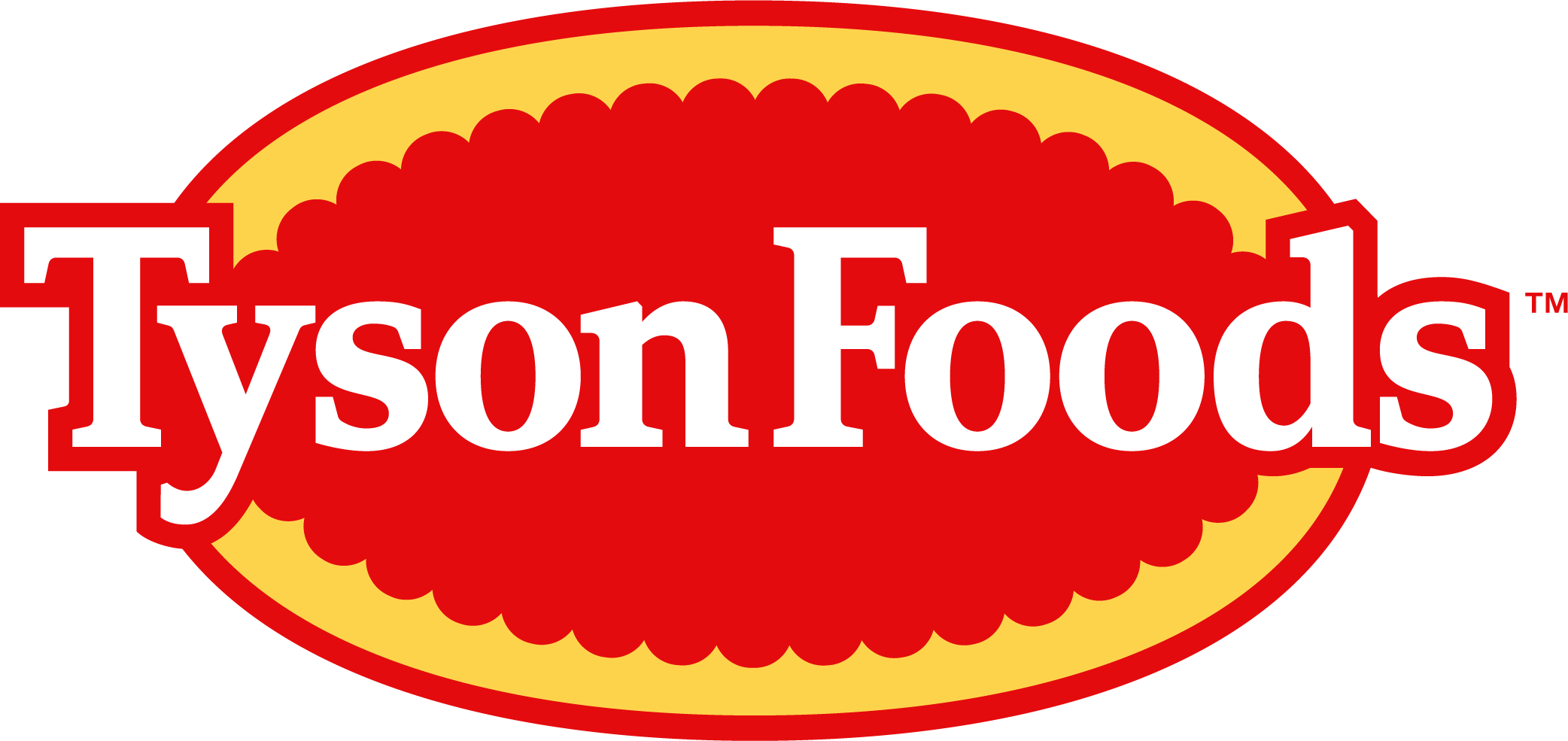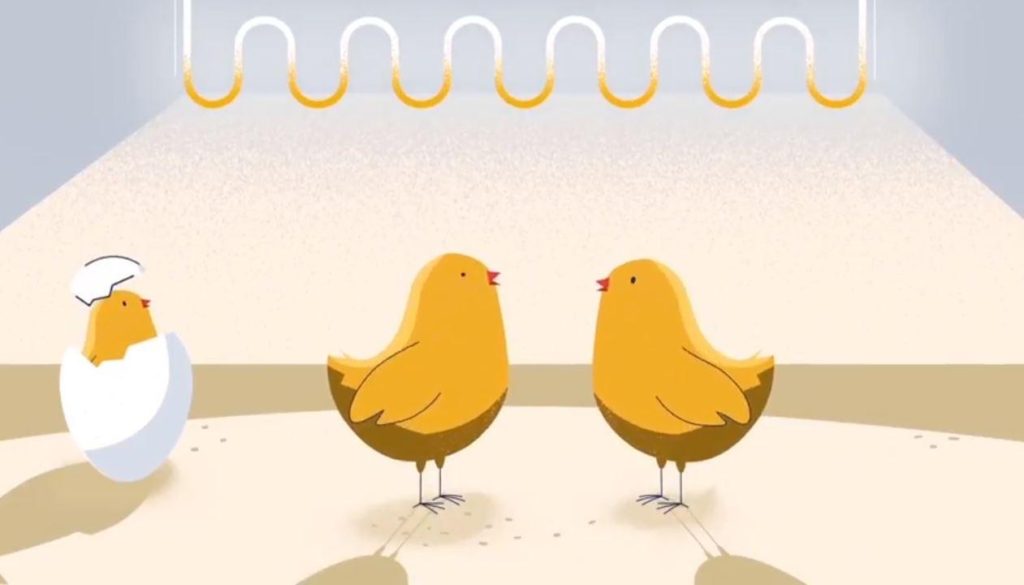The road to a healthy chicken starts with a healthy egg.
Check out the VIDEO below to see an egg’s journey through a Tyson Foods hatchery.
TRANSCRIPT:
This humble egg here – this is where the life of every chicken begins.
What starts as a small bundle of cells inside the yolk grows into a fully formed chick – in just three weeks! What’s incredible? Without just the right mix of temperature, humidity, air quality and handling. It couldn’t happen. For many eggs, this perfect environment is provided by the hen who laid the egg. But what happens when you need to raise a lot of chickens?
You build a hatchery.
A hatchery recreates the right conditions for chicks to grow, mature and, well, hatch on a much bigger scale. Here’s how it works:
When the eggs arrive, they’re placed in an incubator. Inside, temperature, humidity, and air flow are precisely controlled to facilitate an ideal environment for chicks to develop. When the chicks are nearly ready to hatch, they’re moved to a hatching room. Along the way, they get some basic vaccinations – so odds are, they won’t need antibiotics later. After a few, final days in the hatching room, the chicks break through their shells – and voila!
The miracle of life.
All hatcheries take this responsibility seriously, but some modern, state-of-the-art hatcheries are taking their commitment to bird health to the next level.
In many modern facilities, most of the repetitive tasks are now handled by robotic arms and automated processes, which frees up our employees to focus on taking care of what’s really important: our chicks.
The newest hatcheries are also built with top-tier biological security in mind, to give chicks a clean, microbe-free environment. Because when chicks leave a hatchery healthy and strong, the likelihood of needing antibiotic treatment later on is reduced tremendously.
Lastly – modern hatcheries are more sustainable than ever. For example: right before hatching, eggs give off a lot of heat. We’re actually using that warm air to keep our incubators nice and toasty. In other words? We’re recycling heat.
It’s all part of our mission to raise the healthiest chicks possible – and to raise the world’s expectations for how much good food can do.
Editor’s note: This is blog 3 of several that will address common questions and misconceptions some people have about how chickens are raised.
Published September 4, 2018.


0 Comments
Leave A Comment